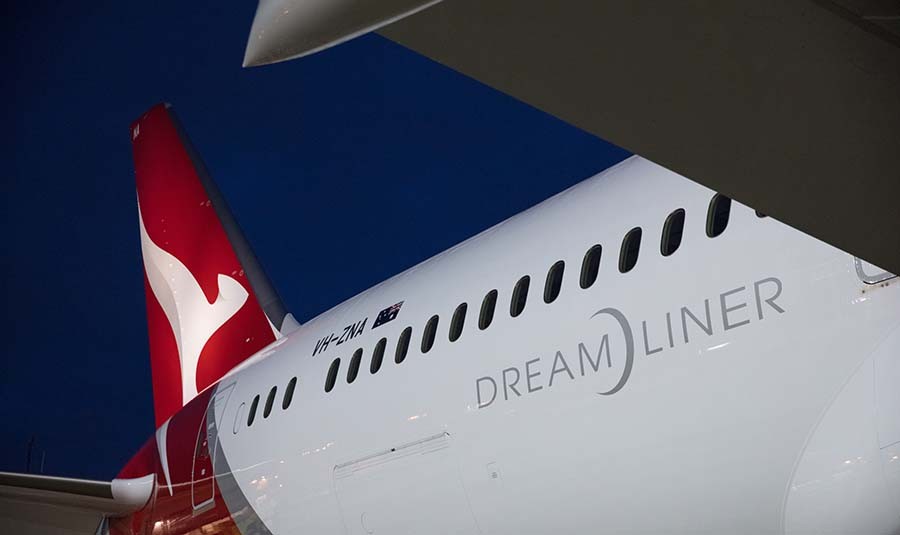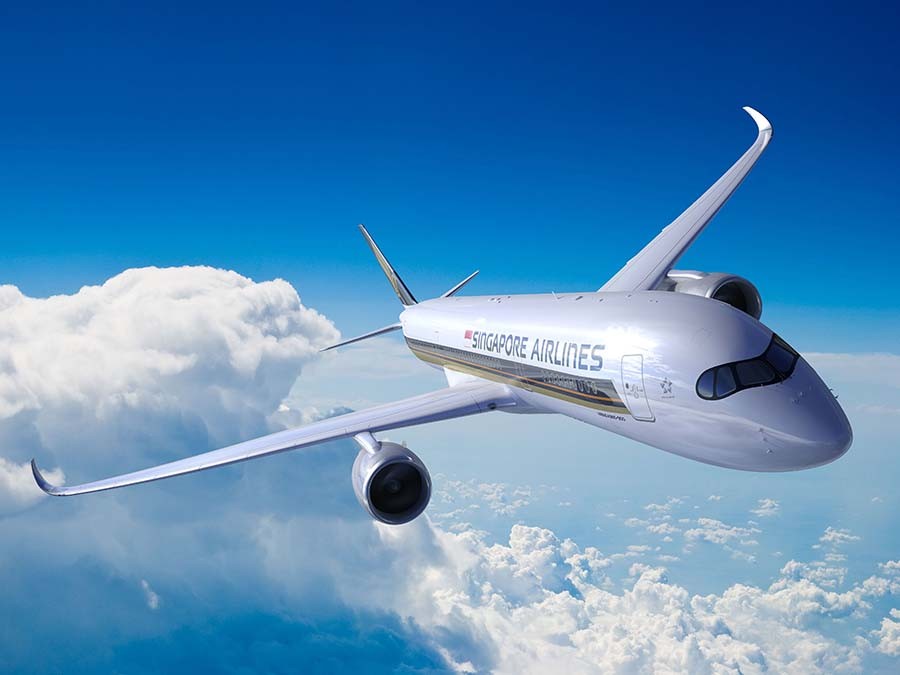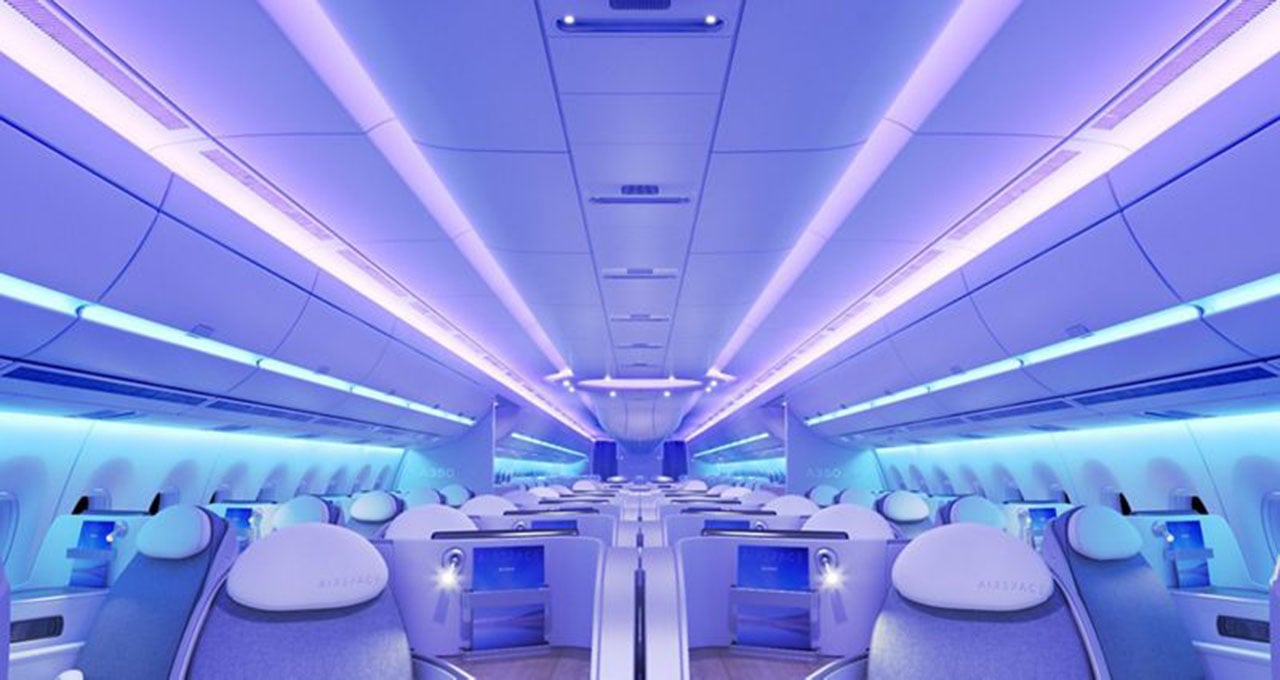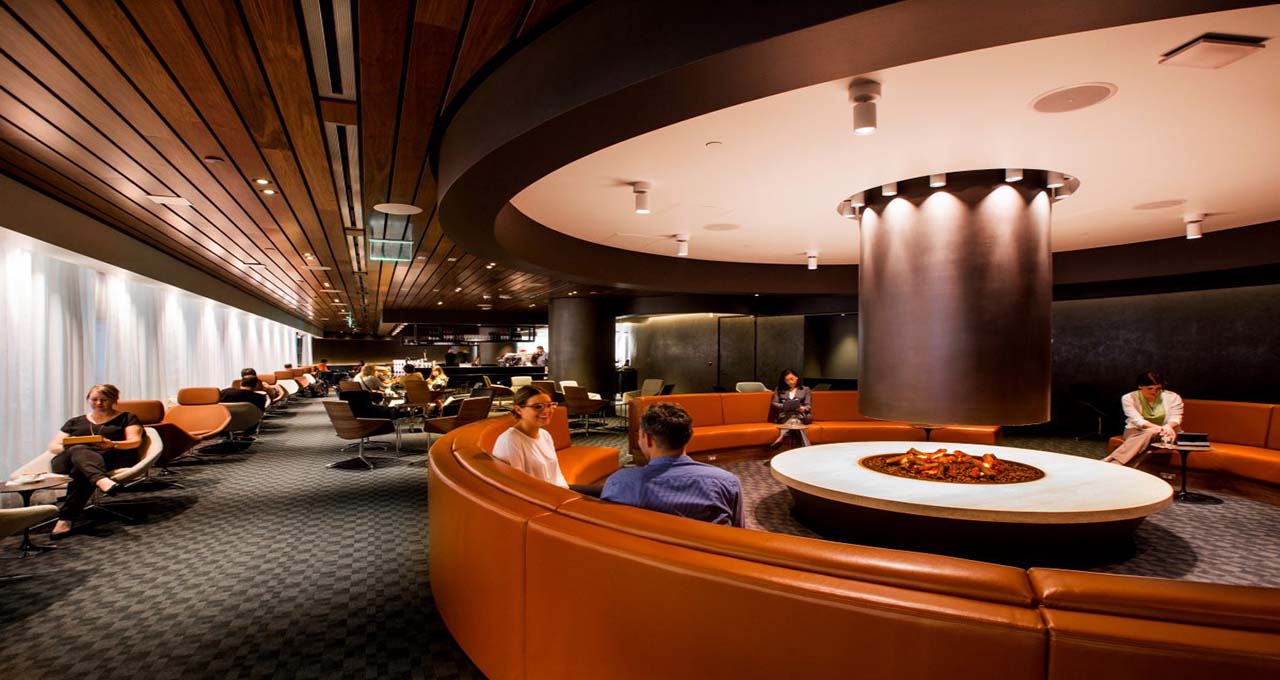In the battle to win customers, airlines are devising ever more ingenious health and wellbeing solutions for their long-haul flights.
Cramped cabins, dry air, greasy food, boredom, anxiety, dehydration, sleep deprivation, jet lag... no wonder most of us, particularly in economy class, disembark from long-haul flights feeling dreadful.
That’s all set to change, however, thanks to new efforts by airlines to increase the in-flight health and wellbeing of their passengers.
Last year, Australian carrier Qantas launched one of the longest flights in the world from Perth to London, a 9,000-plus mile route, taking 17 hours. With ultra-long-haul flights becoming more common, the airline is keen to ensure its travellers aren’t put off by the associated physical hardships. For example, it is conducting research into human circadian rhythms with the help of the University of Sydney’s Charles Perkins Centre, as well as rolling out a menu of nutrient-rich food and drink for those onboard, including raw tuna and fermented fungus tea.
In late 2019 Qantas will run elaborate tests to see how non-stop 19-hour flights from London and New York to Sydney will affect crew and passengers. Part of its Project Sunrise goal to launch ultra-long-haul services from the US and the UK to Australia by 2022, it will be fitting wearable technology to volunteers to measure sleep patterns, lighting and movement, while new zones for stretching and wellbeing will be trialled.
“Flying non-stop from the east coast of Australia to London and New York is truly the final frontier in aviation, so we’re determined to do all the groundwork to get this right,” says Qantas Group CEO Alan Joyce. “For customers, the key will be minimising jet lag and creating an environment where they are looking forward to a restful, enjoyable flight.”

Above: The Qantas Dreamliner
Last year, Singapore Airlines recruited Dr Richard Carmona, from luxury spa brand Canyon Ranch, to enhance the wellbeing of passengers on its ultra-long-haul services from Singapore to New York, Los Angeles and San Francisco. The results were specific light settings in the cabin to aid sleep, stretching exercises from physiologists and a menu of healthy meals such as wild prawn ceviche and zucchini pasta.

Above: Singapore Airlines aircraft
In 2017, as part of a PR stunt, Turkish Airlines employed cardiothoracic surgeon Dr Mehmet Oz to improve the in-flight environment for air travellers. It introduced a line of herbal teas and a series of educational videos on dealing with issues such as ear trouble or swelling limbs.
Both Air France and Virgin Atlantic have added guided meditation classes via apps to their in-flight entertainment systems. Etihad, meanwhile, offers something called the Jet Lag Adviser on its systems.
Innovations in aircraft design are also playing an important role. The B787 Dreamliner and the Airbus A350 both have increased humidity on board, plus LED mood lighting, fresher air supply, less noise and better temperature controls.
Should in-flight wellbeing keep improving, we may reach a stage where, at the end of the flight, we don't actually want to disembark at all.


